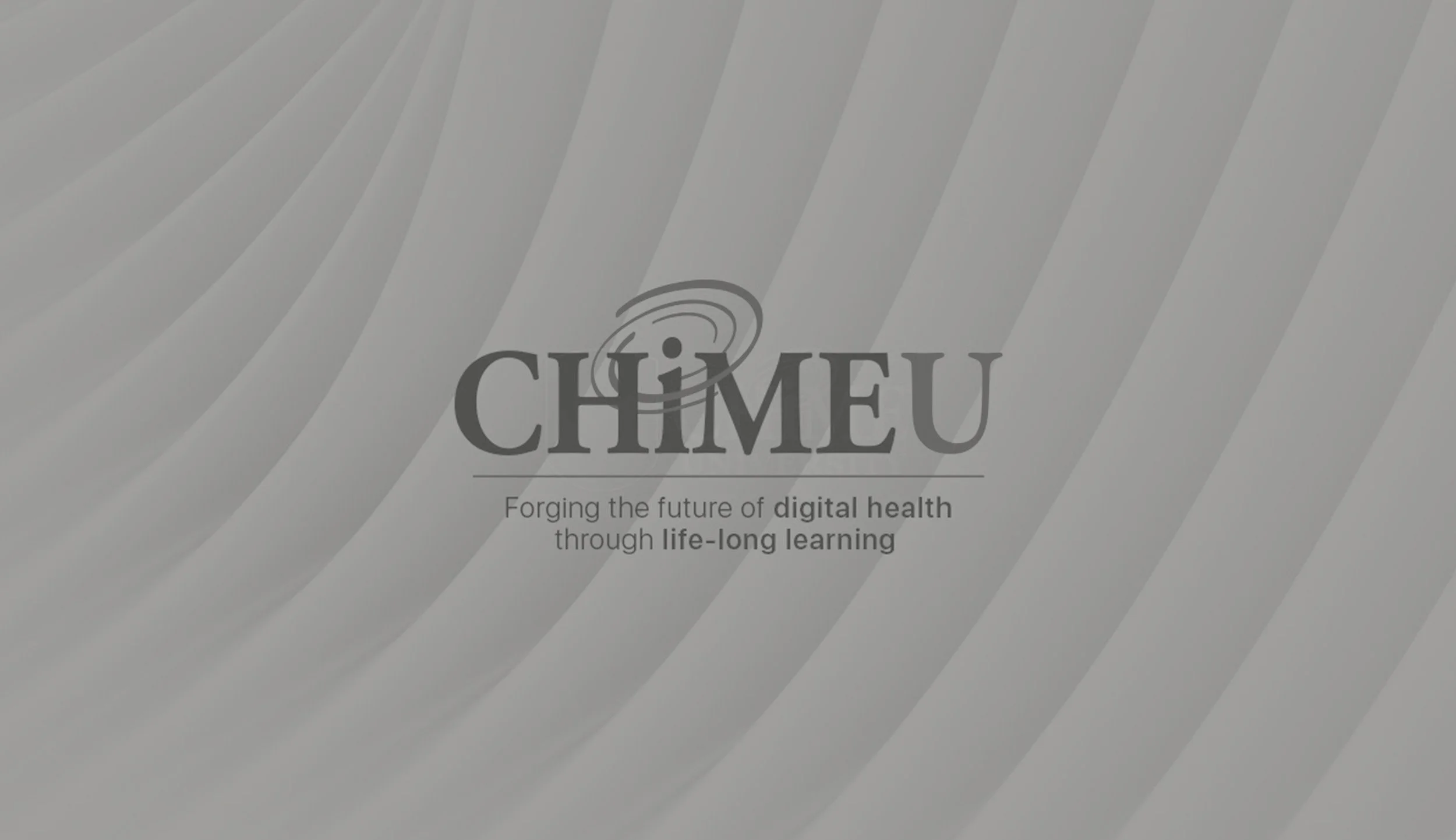CHIME University e-learning
online university launch • course development • LMS and program Management
Overview
CHIME University (CHIME U) is the online space dedicated to resourcing the CHIME Membership base of healthcare IT leaders and executives with the sort of learning experiences that support their career goals—ultimately improving the health and care throughout the communities they serve.
In addition to designing, developing, launching, and managing www.chimeuniversity.org, I also supported a transformative organizational initiative to develop, launch, (January 2021), and expand two Graduate Programs (that are now sunset), as well as support the development of the School of Professional Development programs in CHIME U.
As an Instructional Design Specialist and Program Manager of Learning and Development, my primary goal was to provide online learners with the sort of digital learning experiences that accomplished specific objectives, while supporting a student engagement team in the management and development of preparatory and examination courses for industry-recognized certifications. I accomplished this through:
LMS and Project Management
Multimedia asset development (including interactive video, graphic design, motion graphics, web design [HTML5, CSS3, lite .json])
Evaluation tools (feedback surveys and knowledge checks)
Co-leading a team of 4 talented instructional designers
Co-managing and developing the CHIME U e-commerce storefront and interest forms
THE GRADUATE PROGRAMs
Our team collaborated with Subject Matter Industry Experts (SMEs) to research and generate competencies, syllabi, and e-learning curricula that aligned with accreditation standards for online distance learning healthcare IT graduate programs. Throughout the programs’ tenure, within the Brightspace by D2L Learning Management System (LMS), we output 100% online, asynchronous graduate programs consisting of seven, 7-Module Courses in the Master’s of Digital Health program and four, 7-Module Courses in the Doctorate of Digital Health program. We successfully enrolled and provided interactive e-learning experiences for approximately 30 graduate students. Both programs are now sunset.
These self-paced courses were comprised of several elements to foster engaging e-learning environments that promoted smooth acquisition of new knowledge with practical (and frequent) opportunities to practice and receive feedback. To help accomplish this in Brightspace, each course design strategically included the incorporation of the following elements:
Introductory modules (with critical “Getting Started” materials and general “Course Information”)
Strategic presentation of content across digestible, chunked modules
Knowledge Checks (Interactive Quizzes)
Interactive short form micro-lecture videos (including Quizzes, animations, professor presentations, captions, and transcripts)
Assignment Submissions (Research Papers, Writings, and Videos)
Gradebooks
Discussion Threads
Virtual Classrooms for peer collaboration and study sessions
Interactive Learning Elements such as flip cards, sorting, matching, accordions, and more
Webinars and other GO-Live events to support student engagement
Badging, Awards, and Certificates of Completion
Technical support, and more!
CRITICAL PROGRAM DESIGN ELEMENTS
course atlas
These programs involved a myriad of minutiae. As a group of instructional designers, in order to effectively communicate, collaborate, develop materials, and achieve deadlines for course and module asset deliverables, I developed atlases for each program course and their electives to keep everyone and everything on the same page.
(Below, please select an image to enlarge.)
SME Handbook
Instructional designers can be thought of as subject matter investigators and content curators. In order to curate relevant curricula and learning experiences, instructional designers collaborate with SMEs to produce engaging content for knowledge and skill acquisition, as well as objective achievement.
I worked with my supervisor to create a custom SME Handbook, that accounts for instructional design e-learning principles; triangulation of objectives, assessments, and content; and subject matter expertise from experienced and accomplished healthcare IT veterans. Essentially, the SME Handbook guides SMEs in the production of their micro-lectures, item writings for knowledge checks and comprehensive exams, supplementary video, infographics, published peer-reviewed articles from scholarly journals, and other web elements.

















